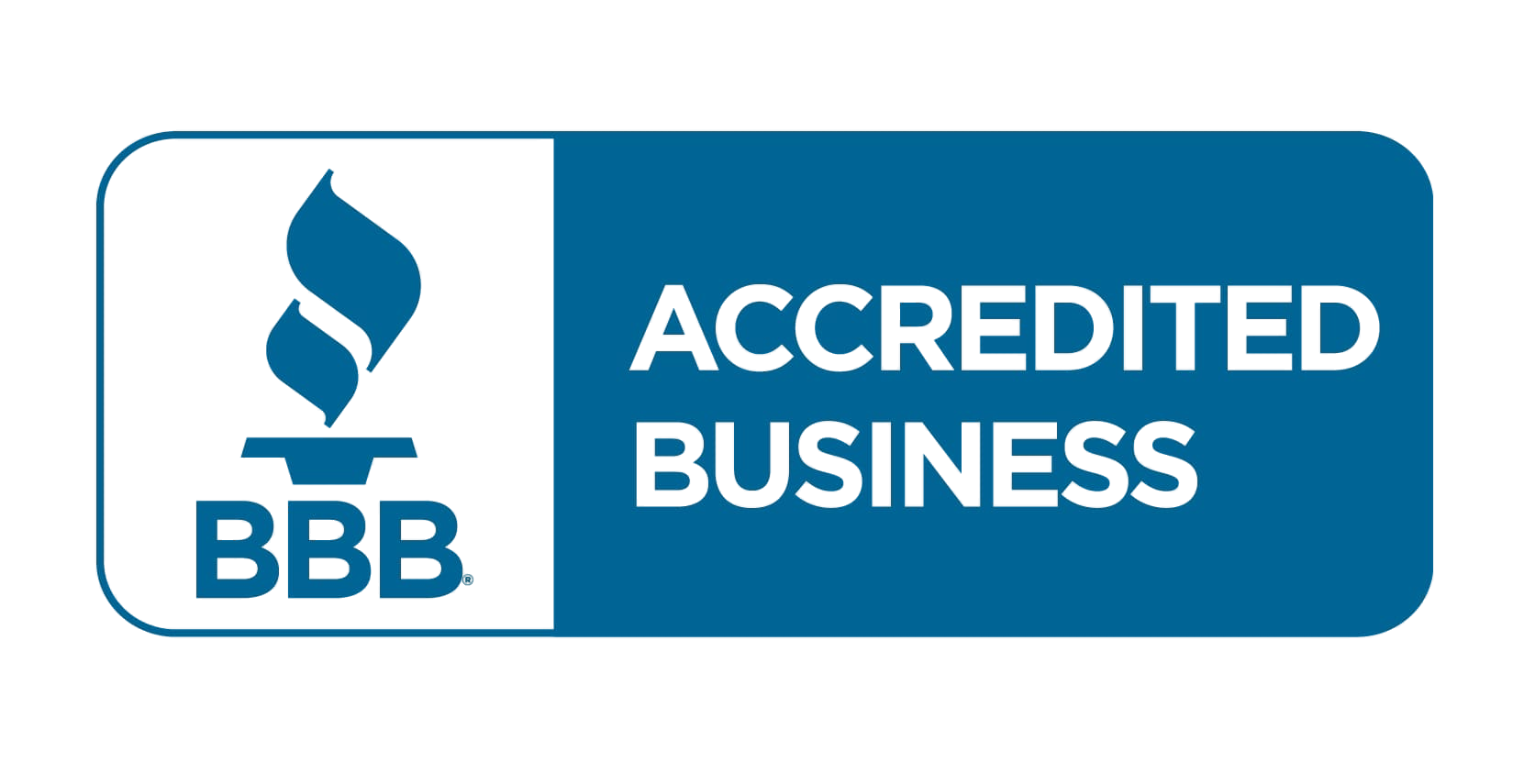5 Key Factors for Successful Cloud Operations
Source: Sentinelone.com
The pace of cloud adoption continues to accelerate as businesses reap the benefits of speed, flexibility, and lower costs. While initially it was IT departments who pushed for a migration to the cloud, the C-suite have come to realize the many positive effects of cloud platforms: accelerating business innovation, transforming business functions, enhancing communication and collaboration, and increasing productivity.

Some may think that migrating to the cloud is a simple, one-off exercise. However, this is far from true. Without a rigorous plan from day one to tackle the complex issues pertaining to cloud adoption, the journey to the cloud can quickly create problems. Unforeseen costs, lack of scalability and availability, weak security controls and compliance violations are all factors that can cause corporate stakeholders concern.
It may also not be obvious that migrating to the cloud does not mean the end of all your on-premises infrastructure. On the contrary, these “traditional” data centers will be around for a considerable time, creating a hybrid environment further complicating decisions and investments.
Given that cloud needs are tied so closely to other business operations and objectives, the journey to the cloud is different for every organization. Some organizations start with a very well thought-out strategy, while others may be responding to a request from the business or an emergency such as the coronavirus pandemic and the shift to remote working.
No matter the motivation, the following five factors are essential for successful cloud operations.
1. Define Your Cloud Strategy
Before starting your journey into the cloud, a new due diligence process will be required. You should spend time building your strategy and defining your end state in business terms. This overarching strategy paper, which can be as short as two pages, should define:
- Measurable business objectives
- The strategies and tactics to be employed in support of those objectives
- The principles and priorities that will guide decision-making
Additionally, you should invest time and effort to find the right partners: the cloud providers that will help you to achieve your objectives. You should explore all available options, looking beyond the hype.
Seek and discover the providers’ development roadmaps, contingency plans, and get client references if possible.
Finally, since the cloud is an ever-expanding ecosystem, take the time to educate your corporate stakeholders and executives and seek technical help to close the skills gap.
2. Plan Your Cloud Security Carefully
Cloud security is the primary concern for security teams and CISOs. You should ensure that everyone is familiar with the Shared Responsibilities Model, placing the responsibility of data protection and encryption at the hands of the enterprise. Embracing a multi-cloud environment while maintaining some degree of on-premises infrastructure requires investing in a single, central, vendor-agnostic solution that can help you protect all your assets – on-premises and in the cloud.
Another area of concern is to be able to effectively authenticate everyone and everything requesting access to your assets. The introduction of cloud platforms blurs the corporate boundaries and trust becomes a vulnerability rather than an advantage. Make sure to leverage Zero trust security principles and cultivate a “trust nothing, always verify” mindset.
Planning for and implementing security controls while migrating to the cloud is important to avoid costly data breaches and violations of regulatory compliance. Data encryption at rest and in transit, identity and access management, and RBAC controls should always be in your playbook.
Employees and applications interact with cloud workloads, which act as access points to corporate networks and create points of entry that can be exploited by cyber criminals. The use of a variety of cloud platforms and a lack of visibility into these endpoints create an expanded attack surface.
Businesses need to adapt their traditional security controls to protect these cloud-based endpoints by employing EDR solutions for workloads that provide continuous visibility and enable proactive threat identification.
Finally, you should be comfortable that the providers’ security policies and practices can provide an adequate level of threat protection to mitigate risks and common vulnerabilities while addressing business specific requirements.
3. Build Strong Relationships with Cloud Providers
Cloud providers are partners in your effort to disrupt your market and gain competitive advantage. Your relationship should not be a static one, but rather a dynamic and flexible one that evolves and transforms in line with developments in cloud technology.
Ideally, you want to build a relationship with your cloud vendor that allows you to tap their knowledge base for strategic guidance, business case development, workload prioritization and more. Top tier organizations could require biannual meetings with the CSP’s senior technical architects to brainstorm technology and platform improvements that can take your business one step ahead of the competition. For SMEs, follow best practice recommendations in the form of whitepapers and technical guidance from the CSP or from peers in local groups such as the Cloud Security Alliance.
Migrating to the cloud is a strategic decision to bring innovation. Seek this innovation through a strong and flexible relationship with your cloud vendor.
4. Develop a Cloud Center of Excellence
Business operations need to adapt with agility to emerging cloud technologies. Speed of technology adoption and operational stability is an important balancing act. A multidisciplinary Cloud Center of Excellence can figure out the right tools and practices that would empower development teams to deliver high-quality digital experiences for your customers with agility and confidence.
Driven by collaboration between cloud architects, program managers, and engineers, CCoE can accelerate innovation and cloud migration, reduce the overall cost and increase business agility. The CCoE approach places the IT team as a partner to business objectives instead of a siloed, abstract department.
As with any large-scale project, having leadership support is crucial to success as executive buy-in will be needed to allocate appropriate resources and funds. C-suite executives need to be closely involved during the implementation process so that everyone has the same expectations. Transparency is essential, keeping business leaders and others informed of any impending issue, such as limitations, outages, and concerns.
5. Think Ahead
While focusing on your journey to the cloud is important, it is equally crucial to have a plan once you get there. While it is vital to get up and running and demonstrate early wins, the next step needs to be planned for early on and managed closely.
Because the cloud is an ecosystem of top-notch solutions and services, aim for a more diverse vendor base and a hybrid IT environment. Avoiding vendor lock-in is important, and brings many benefits, but the complexities associated with expansive multi-cloud environments mandates robust and rigorous planning.
As cloud computing technology evolves and new solutions emerge, you should also plan regular meetings with the providers’ senior technical engineers. Your relationship with your cloud providers should be framed around collaboration and consultation. Your cloud provider should be your partner towards a multifaceted cloud environment for your business to reap all the benefits and gain competitive advantage in your market.
The journey to the cloud is different for every organization, but these five essential factors are pertinent to all. Defining your strategy before you embark on the journey, placing cloud security at the heart of your concerns, will form the bedrock of your success. Recognizing that cloud operations require building and maintaining close relationships with both your provider and evolving technologies, with one eye always on the future, will ensure that you derive the maximum competitive advantage that the cloud has to offer.
To learn about how TN Team can extend security and visibility to assets running in public clouds, private clouds, and on-premises data centers, contact us.

 Customer Portal Subscribe
Customer Portal Subscribe
